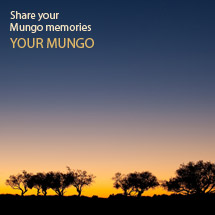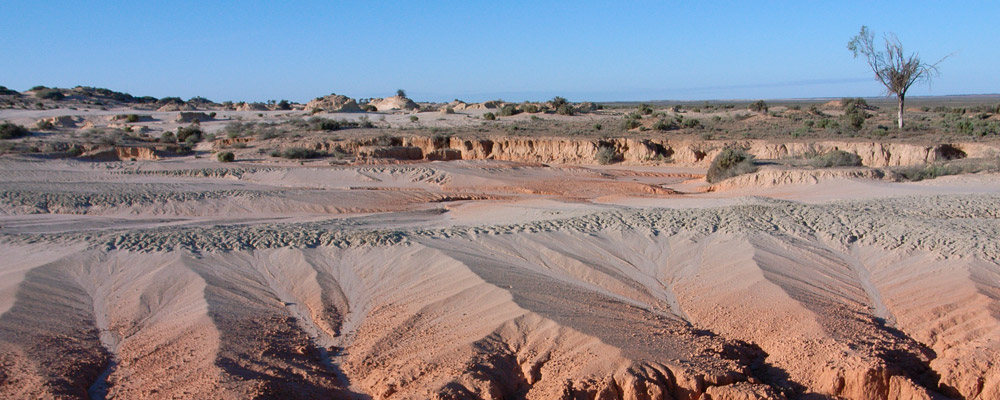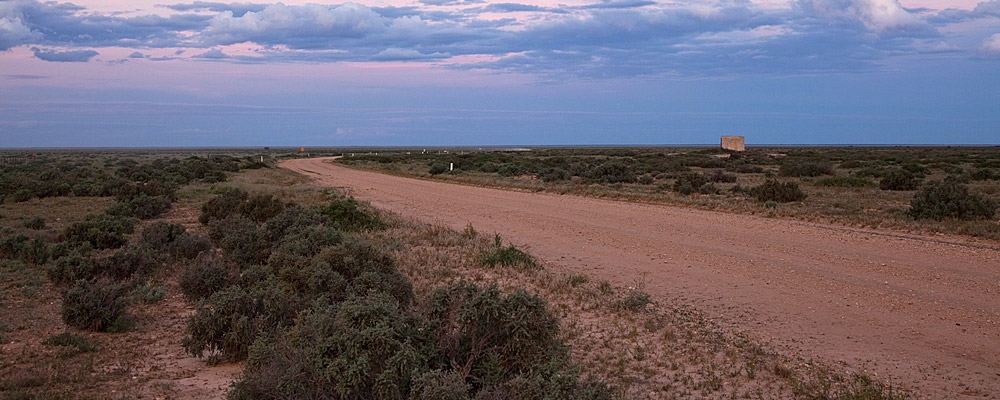Site Features
Accessibility Statement
This is the official Accessibility Statement for the Mungo National Park website. If you have any questions or comments, please email: .
Access Keys
Most browsers support jumping to specific links by typing keys defined on the website. On Windows, press ALT + an access key; on Macintosh, you can press Control + an access key.
All pages on this site define the following access keys:
- Access key 1 - Home Page
- Access key 2 - Skip to Main Content
- Access key 3 - Site Map
- Access key 4 - N/A
- Access key 5 - N/A
- Access key 6 - N/A
- Access key 7 - Help
- Access key 8 - Terms of Use
- Access key 9 - Contact and Feedback
- Access key 0 - Accessibility Statement
Links
- Part of this website's dedication to standards compliancy is that in addition to semantically marking up pages, many links have
TITLEattributes which describe the link in greater detail, unless the text of the link already fully describes the target (such as the headline of an article). - In as much as is possible, links are written to make sense out of context.
Images
- All content images used in this site include descriptive
ALTattributes. Purely decorative graphics and placeholder images include nullALTattributes. - Complex images include a
LONGDESCattribute or inline description to explain the significance of each image to non-visual readers.
Visual Design
- This site uses Cascading Style Sheets for visual layout.
- The first time an abbreviation or an acronym is used in a page, it is identified with either an
<ABBR>tag or an<ACRONYM>tag respectively. This displays as a dotted or a dashed underline in most visual browsers and will add a question mark to the cursor. When the user places their pointer over an<ABBR>or an<ACRONYM>, a tooltip will display the corresponding definition. For example: WaSP. - This site uses only relative font sizes, compatible with the user-specified "text size" option in visual browsers. This option can be adjusted by the user, allowing them to change the text size of their browser.
- If your browser or browsing device does not support stylesheets at all, the content of each page is still readable.
- Each page is linked to a separate Print styelsheet which removes all non-textual content from the page.
Accessibility References
- W3 Accessibility Guidelines, which explains the reasons behind each guideline.
- W3 Accessibility Techniques, which explains how to implement each guideline.
- W3 Accessibility Checklist, a busy developer's guide to accessibility.
Accessibility Software
- JAWS, a screen reader for Windows. A time-limited, downloadable demo is available.
- Home Page Reader, a screen reader for Windows. A downloadable demo is available.
- Lynx, a free text-only web browser for blind users with refreshable Braille displays.
- Links, a free text-only web browser for visual users with low bandwidth.
- Opera, a visual browser with many accessibility-related features, including text zooming, user stylesheets, image toggle. A free downloadable version is available. Compatible with Windows, Macintosh, Linux, and several other operating systems.











